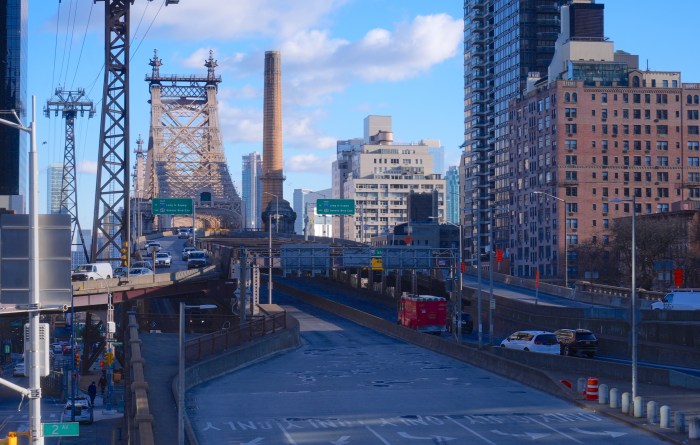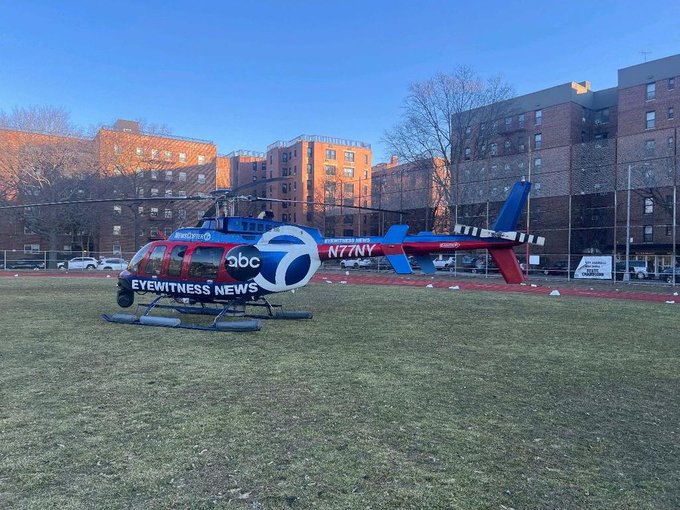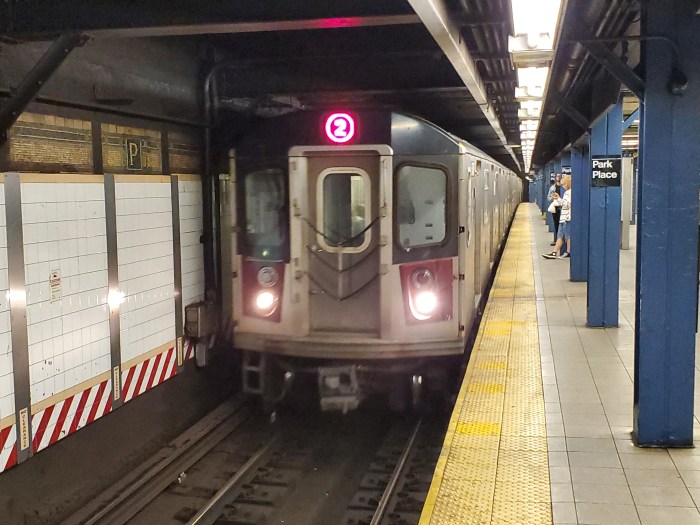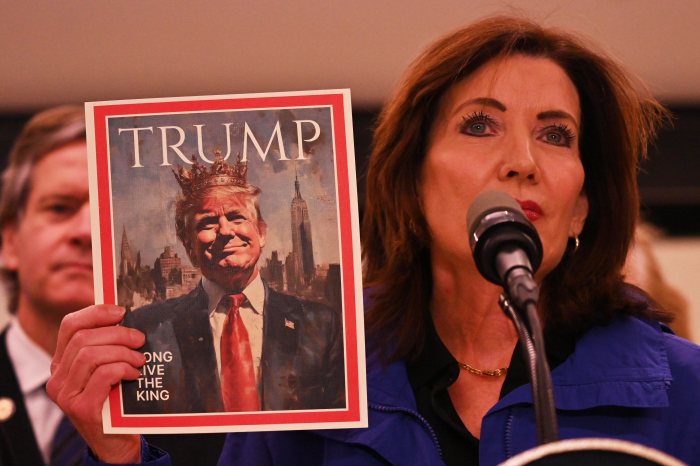
Uber users hailing the app car service on New Year’s Eve should be mindful of surge pricing, which spikes the cost of a ride based on demand from other passengers. The smartphone app company says riders should expect to see the surge in fares as New York rings in 2016, and that the highest demand for cars will be between 12:30 and 2:30 a.m.
Prices can be up to nine times a normal fare during surge pricing. CNN reported that surge pricing fares were 6 times the normal price at 2 a.m. last New Year’s Eve.
To get a cheaper ride, passengers should request an Uber car as soon as the ball drops at midnight, or wait until prices to drop off around 3 a.m., the company says.
Riders should be able to use the app to see an estimated fare before making a request, and agree to the higher fare with a confirmation, Uber says. They can also use the app to get a notification when elevated pricing is over.
Surge pricing has been controversial locally and nationally. Uber says the lucrative prices for drivers bring more out on the road, making more service available.
Uber’s competitor Lyft also uses surge pricing, which the company calls Prime Time, but caps it at 200%.
“Prime Time occurs when the demand for rides exceeds the supply of drivers,” the company said in a statement. “We keep a cap on Prime Time to encourage drivers to get out on the road while keeping prices lower than other platforms. Passengers must confirm the Prime Time percentage before requesting a ride.”
Legislation has been introduced in the City Council challenging surge pricing in New York City, as well as requiring app companies to be more transparent in sharing trip data with the Taxi and Limousine Commission.
“One common justification for surge pricing is that it allows bases to entice drivers to work and serve passengers in order to ensure vehicle availability when cars are scarce,” TLC Commissioner Meera Joshi testified in a transportation hearing earlier this year. “However, it is hard to think that vehicle scarcity is today’s reality.”
She noted that the number of for-vehicle drivers in the city had grown from 52,000 to 72,000 drivers.
One bill, introduced by Brooklyn Councilman David Greenfield, would not let riders be charged more than 100% above the normal range of prices on a trip with a for-hire vehicle, such as a black, livery, or luxury car. Most of Uber’s cars in New York City are licensed as black cars. Drivers would be hit with fines if fares spiked.
Twenty-two of the Council’s 51 members have sponsored the bill so far, including Brooklyn councilman Stephen Levin and Bronx councilman James Vacca, who used to chair the transportation committee.
The TLC commissioner said she strongly supports regulation of surge pricing to protect riders, but could not support the bill because it penalizes the driver, rather than the company or base that sets the fare.
Another bill introduced by transportation committee chair Councilman Ydanis Rodriguez, which has four sponsorships by council members, would require app companies like Uber to share trip data. Data on metrics such as surge pricing would then become public.



































